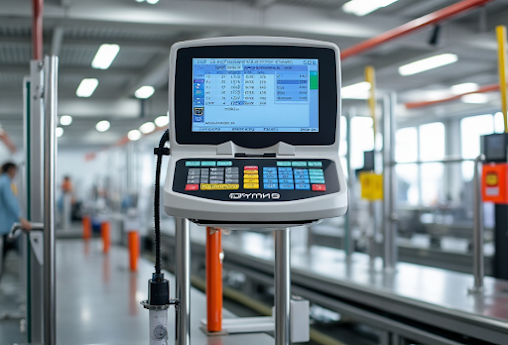Ever wondered why some things weigh more than others? Or why when you push a shopping cart it accelerates differently than a loaded truck? The answer lies in the concept of mass. Let's explore this fundamental aspect of physics.
Understanding Mass in Simple Terms
At its core, mass measures how much matter is packed into an object. It's different from weight, despite the common confusion. While weight is the gravitational pull on an object, mass stays constant regardless of where you are in the universe. An object’s mass on Earth is the same as it is on the moon.
Mass vs. Weight: How Are They Different?
Think of mass and weight as two sides of the same coin, often mixed up but fundamentally distinct. If you’re holding a 10-pound dumbbell on Earth, it weighs less on the moon due to weaker gravity. Yet, its mass is unchanged.
Weight depends on gravity; that's why you'd weigh less on the moon, where gravity is weaker. On the other hand, mass doesn't depend on gravity. This distinction is crucial in physics and helps explain how objects interact.
Delving Into the Science of Mass
So, what makes up mass? The protons, neutrons, and electrons in atoms contribute to an object's mass. In daily life, we deal with kilograms or pounds, but in science, mass is expressed in grams or metric tons. This measurement determines how matter behaves under force.
The Role of Mass in Motion
Newton’s Second Law of Motion states that force equals mass times acceleration (F=ma). The bigger the mass, the more force you need to accelerate it. That’s why a small child can push a toy car but struggles with a full-sized one.
Imagine trying to kick a football. With the right mass, it launches across the field. Too heavy, and it barely moves. Mass is key in understanding how things move.
How We Measure Mass
Mass is measured using a balance scale, comparing an object's mass to a known mass. This method works anywhere, from a kitchen to a laboratory. For more complex scenarios, like in physics experiments, scientists use instruments like mass spectrometers for precision.
Units of Mass: Kilograms vs. Pounds
Globally, mass is measured in kilograms (kg), but in the U.S., pounds are common. Understanding these units is important when dealing with measurements in different contexts. For scientific purposes, SI units like the kilogram are preferred for consistency.
The Connection Between Mass and Energy
Mass isn’t just about moving objects; it’s linked to energy. Einstein’s famous equation, E=mc², reveals the relationship between mass and energy. This equation indicates that even a tiny amount of mass can become a vast amount of energy, explaining phenomena in nuclear physics.
How Mass Affects Energy Usage
Consider how much energy a vehicle needs based on its mass. A lighter car uses less fuel to maintain speed than a heavy truck. This principle guides engineers in designing efficient machines and environmentally friendly technologies.
Practical Applications of Mass
Mass isn't just theoretical; it impacts everything from shipbuilding to health. Businesses account for mass when shipping goods, ensuring packages are light yet sturdy enough for transport. The medical field uses mass in calculating a person’s Body Mass Index (BMI), relating weight and height to assess health risks.
Everyday Examples of Mass
- Cooking: Ever notice how recipes call for ingredients by weight? Measuring flour by mass ensures consistency.
- Sports: Athletes like wrestlers manage their body mass to compete in weight classes, affecting performance and strategy.
- Technology: Smartphone engineers optimize mass, balancing battery life with device weight.
Conclusion: Why Mass Matters
Mass is everywhere, an invisible yet influential force shaping how we interact with the world. From launching rockets to understanding diet and health, diving into the concept of mass reveals its profound impact. Next time you push open a door, remember—it's all about mass and motion.
Engage with mass in your daily life and see how this foundational principle shapes everything you do. Whether it's marvelling at space exploration or simply measuring ingredients for dinner, mass is the silent player influencing every action.

